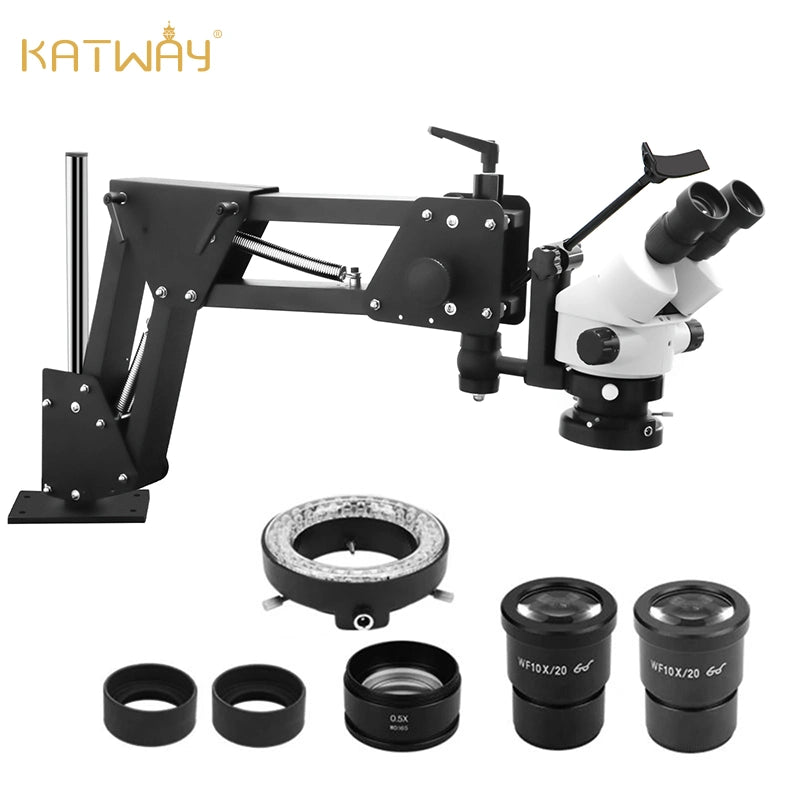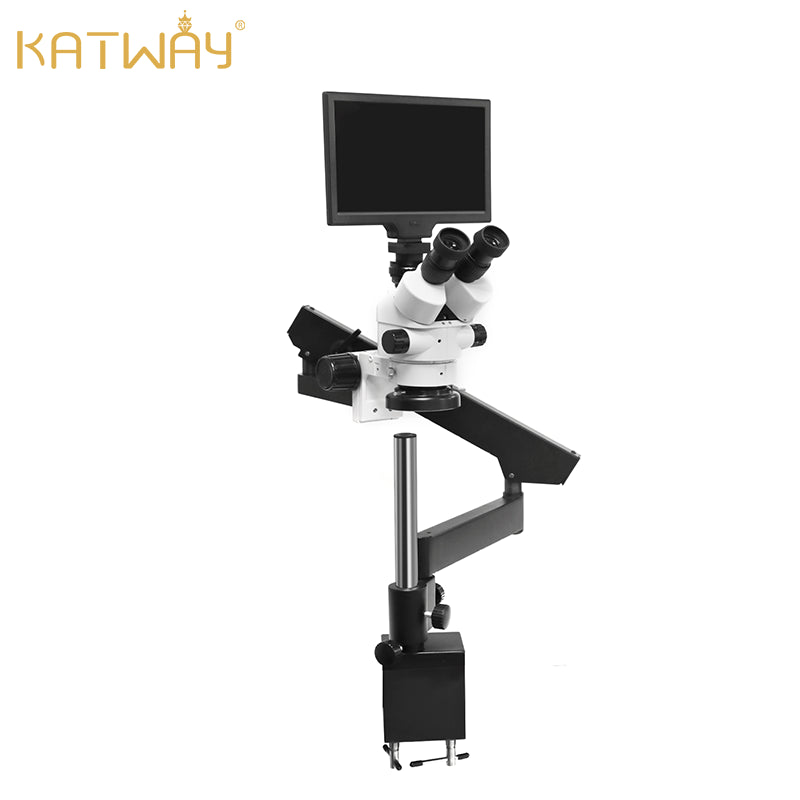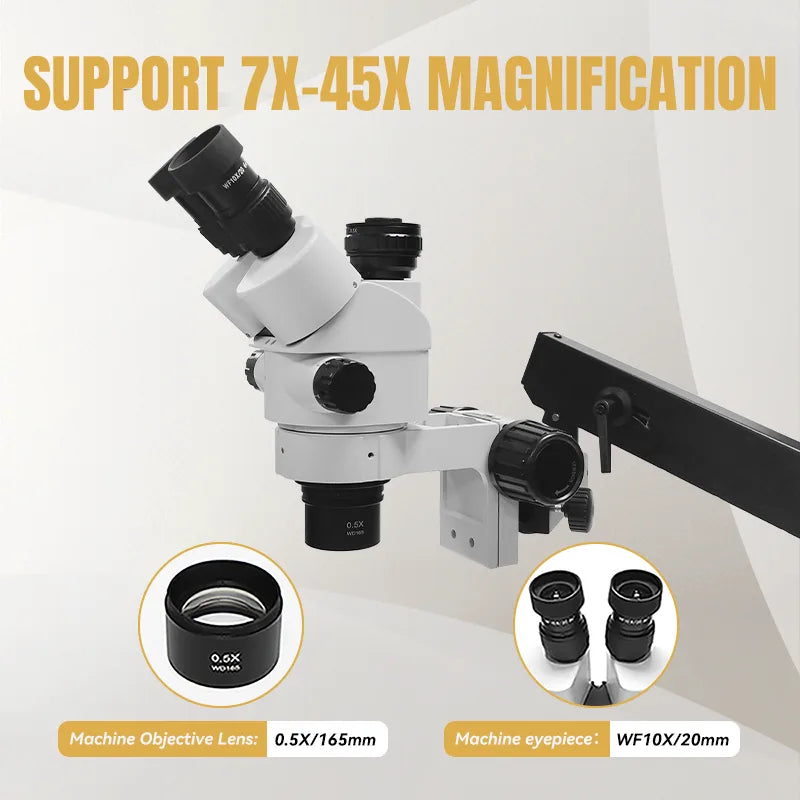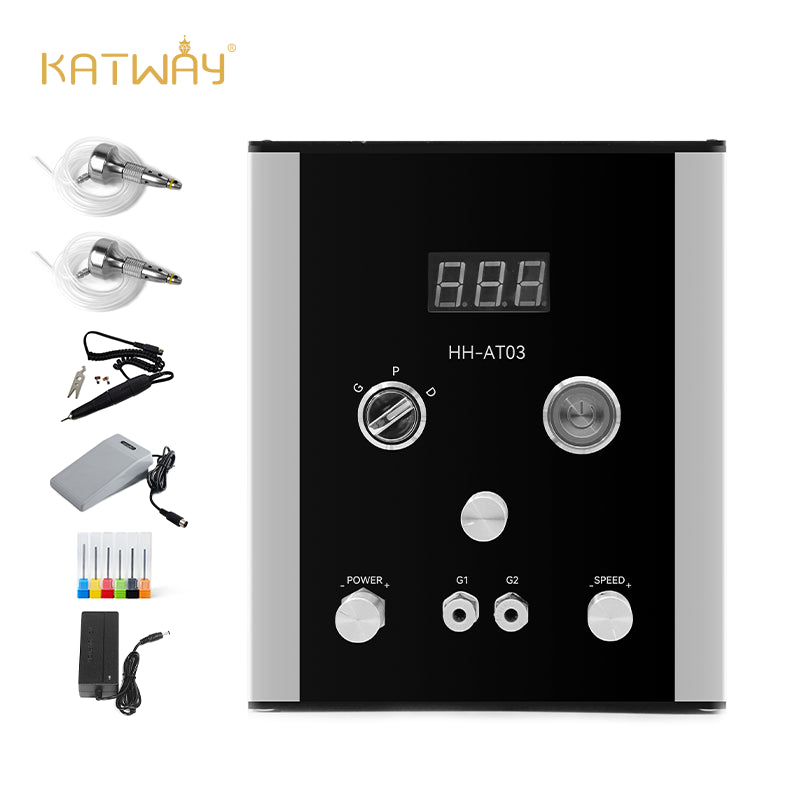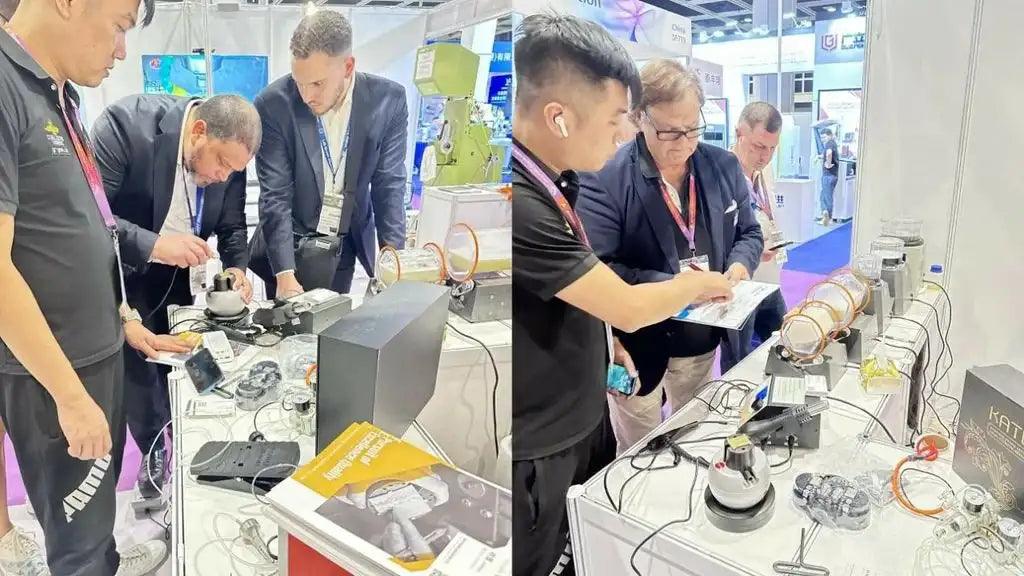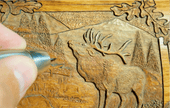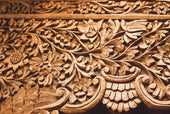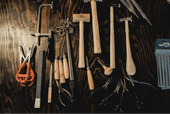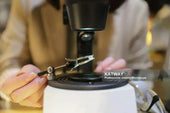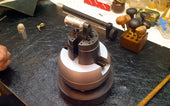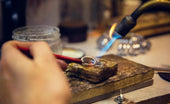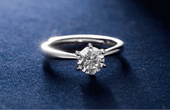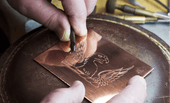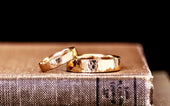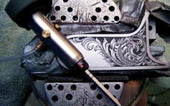Jewelry and Jade Identification Tools
Whether you are an expert in jewelry and jade appraisal or a lover of making jewelry handicrafts, you cannot do without some commonly used observation and appraisal tools. Some jewelry and jade can be observed with the naked eye, but for more in-depth and authoritative identification, corresponding tools must be used. Today, let's get to know some commonly used jewelry and jade testing tools and instruments together, making it easier and more professional for you to observe and identify jewelry.
Tweezers
Tweezers can help you easily pick up small jewelry and gemstones, avoiding direct handling, making it easy to lose and not contaminating the surface of gemstones. They are essential, convenient, and practical small tools for touching jewelry.
Strong flashlight
The strong flashlight is easy to operate and easy to carry, making it an essential tool for professionals in the jewelry industry.
Spotlight pen flashlight
A spotlight pen flashlight is a strong light flashlight shaped like a pen, and the type of light is generally white or blue. It can be used as a lighting power source in identification and is important for observing the surface and internal inclusions and structures of gemstones. According to the color of the light and the distance of illumination, the function and function are also different, and the effect is very extensive. Flashlights are consumables, and most gemstone enthusiasts or sellers will keep several on hand.
UV fluorescent lamp

UV fluorescent lamps are used to detect whether gemstones have fluorescence and phosphorescence. Natural rubies display a beautiful red color under UV fluorescent lamps, and most diamonds also have fluorescence displays of various colors under UV lamps, such as orange, yellow, green, blue, and purple. However, some gemstones do not have fluorescence, such as sapphire and garnet, which can play a certain enlightening role in gemstone identification. UV lamps can also help identify gemstone varieties, distinguish certain natural and synthetic gemstones, identify diamonds and their imitations, determine whether gemstones have been artificially optimized, and determine the origin of certain natural gemstones.
Dichroic mirror
A dichroic mirror is an instrument used to observe the polychromism of gemstones. Polychromism is also a basis for determining the variety of gemstones in certain situations, especially when instruments such as refractors and polarizers cannot determine whether colored gemstones are homogeneous or heterogeneous. Dichromatic mirrors can effectively determine the optical characteristics of colored gemstones.
10x magnifying glass
A 10x magnifying glass is an essential tool for identifying gemstones, and in fact, quality inspectors need to use it when identifying many types of items. A 10x magnifying glass is composed of three lenses. A qualified 10x magnifying glass has high clarity and can eliminate spherical and chromatic aberrations that affect the observation of gemstones.
Charles filter
The Charles filter is composed of two color filters, characterized by the filter only passing through dark red and yellow green light, while all other light is absorbed. The Charles filter was first used to distinguish between natural emeralds and their imitations, because emeralds appear red under the filter, while other green imitations of gemstones still appear green. In addition, the detection of artificially dyed gemstones and artificially synthesized gemstones is also relatively practical. For example, dyed jadeite and blue glass appear red under a color filter. However, some gemstones do not have obvious color changes under a color filter, such as dyed quartzite. Therefore, the identification results of Charles filters are generally only for reference purposes.
Jewelry microscope
Jewelry microscope is a professional instrument used to observe and study jewelry and gemstones. It is composed of a microscope, light source, interface, and magnifying glass, etc. Through a microscope and light source, a jewelry microscope allows users to align gemstones with the objective lens of the microscope, and observe the details and internal structure of the gemstones through high magnification and focusing techniques.

Jewelry microscopes are widely used in the jewelry industry, including the identification of authenticity, quality evaluation, and processing of gemstones. It can observe defects, cracks, bubbles, colors, textures, and other characteristics on the surface and inside of gemstones, in order to identify the source, type, and quality of gemstones.
Jewelry microscope is generally one of the essential identification and testing instruments in gemstone laboratories, with a wide range of applications. The surface and internal characteristics of gemstones can be clearly observed by magnifying them under a jewelry microscope. Jewelry microscope uses a built-in light source to observe gemstones using the working principles of dark field illumination, bright field illumination, and vertical illumination. The magnification is generally 10-70 times, which plays a great role in distinguishing natural gemstones from artificial synthetic gemstones and imitation gemstones. It is also effective in observing the clarity of gemstones. In the professional appraisal room of gemology, The jewelry microscope can also be used to measure the approximate refractive index and absorption spectrum of some gemstones, as well as to observe the microscopic photography of gemstones.
Polarizer
Polarizers play an important role in identifying homogeneous, heterogeneous, and aggregate materials. For example, garnet is a homogeneous body, and when it rotates under a polarizing mirror, its field of view should be all dark. Ruby is a heterogeneous body, and when it rotates under a polarizing mirror, it should be four bright and four dark phenomena. On the other hand, jade is a polycrystalline aggregate, and when it rotates under a polarizing mirror, its field of view should be all bright.
Refractometer
The refractometer is a very important gemstone identification instrument, which can read the refractive index of the tested gemstone non-destructive, fast, and accurate. Each gemstone has a corresponding refractive index, for example, jadeite is 1.66 (point measurement), ruby and sapphire are 1.762-1.770, aquamarine is 1.577-1.583, tourmaline is 1.624-1.644, and so on. By accurately measuring the refractive index of a gemstone, it is possible to roughly determine what type of gemstone the gemstone may be, and then combine other identification methods to determine the gemstone species.
Electronic balance
Used to measure the specific gravity of gemstones, different gemstones have different densities. For example, the specific gravity of rubies and sapphires is about 4, jade is 3.34, and soft jade is 2.95. Sometimes measuring only the specific gravity of gemstones is very effective for identifying gemstones.
The above tools are commonly used instruments and equipment in gemstone observation and identification. In practical work and life, we need to operate and accumulate experience for a long time, gradually cultivating our sensory and identification abilities.
View more related articles
The best tutorials for hand carving
Carving process of wood carving
The Jump Ring Maker's Guide in Jewelry Crafting



